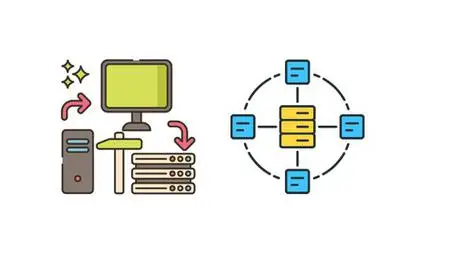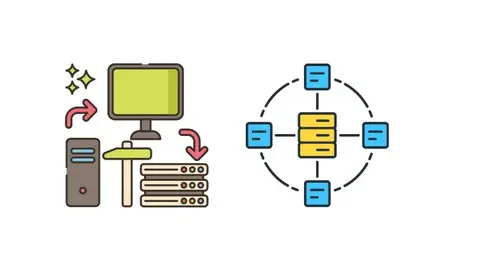Sql Data Exploration For Beginner Data Analyst
Last updated 3/2022
MP4 | Video: h264, 1280x720 | Audio: AAC, 44.1 KHz
Language: English | Size: 635.23 MB | Duration: 1h 36m
Last updated 3/2022
MP4 | Video: h264, 1280x720 | Audio: AAC, 44.1 KHz
Language: English | Size: 635.23 MB | Duration: 1h 36m
Hands-on Beginner Data Exploration Project for Aspiring Data Analyst.
What you'll learn
Create Database Table Joins
Create Common table expression - CTE
Use Windows function to perform calculations on data
Use Aggregate functions to return aggregated data
Create and query views
Perform data type conversions
Explore Real World Covid DataSets
Write SQL Queries to get answers from the database
Requirements
Basic knowledge of SQL advised
Description
SQL stands for Structured Query Language. SQL lets you access and manipulate databasesSQL can execute queries against a databaseSQL can retrieve data from a databaseSQL can insert records in a databaseSQL can update records in a databaseSQL can delete records from a databaseSQL can create new databasesSQL can create new tables in a databaseSQL can create stored procedures in a databaseSQL can create views in a databaseSQL can set permissions on tables, procedures, and viewsData exploration is the initial step in data analysis, where users explore a large data set in an unstructured way to uncover initial patterns, characteristics, and points of interest. This process isn’t meant to reveal every bit of information a dataset holds, but rather to help create a broad picture of important trends and major points to study in greater detail. Data exploration can use a combination of manual methods and automated tools such as data visualizations, charts, and initial reports.Exploratory Data Analysis (EDA) is the first step in your data analysis process. Here, you make sense of the data you have and then figure out what questions you want to ask and how to frame them, as well as how best to manipulate your available data sources to get the answers you need. You do this by taking a broad look at patterns, trends, outliers, unexpected results and so on in your existing data, using visual and quantitative methods to get a sense of the story this tells. You’re looking for clues that suggest your logical next steps, questions or areas of research.
Overview
Section 1: SQL Server Setup
Lecture 1 Introduction
Lecture 2 Download SQL Server
Lecture 3 Install SQL Server
Lecture 4 Install SSMS
Lecture 5 Create database
Section 2: Data Exploration with SQL
Lecture 6 Data Preparation
Lecture 7 Importing Datasets into database
Lecture 8 How many continents do we have data for
Lecture 9 Possibility of dying from Covid
Lecture 10 Percent of population infected with Covid
Lecture 11 Countries with highest infection per population
Lecture 12 Countries with highest deaths from COVID19
Lecture 13 Continents with highest deaths from COVID19
Lecture 14 Global Covid cases and death
Lecture 15 Number of people vaccinated
Lecture 16 Using CTE in SQL Server
Lecture 17 Using Temporary Tables in SQL Server
Lecture 18 Using Views in SQL Server
Beginner Data Analyst,Beginner Data Scientist



